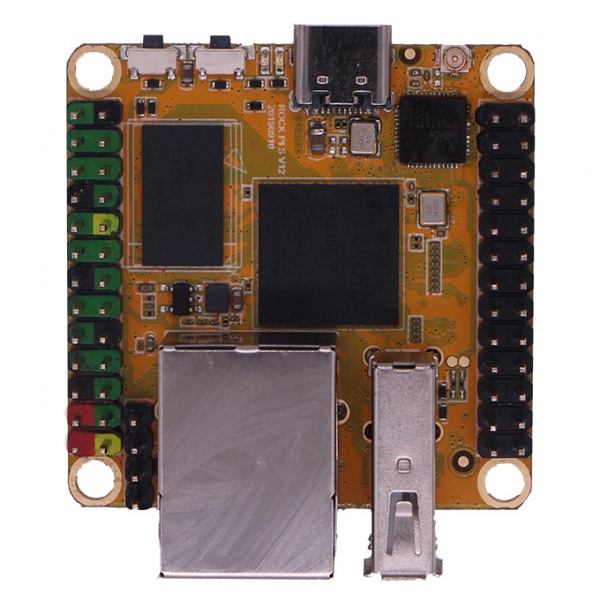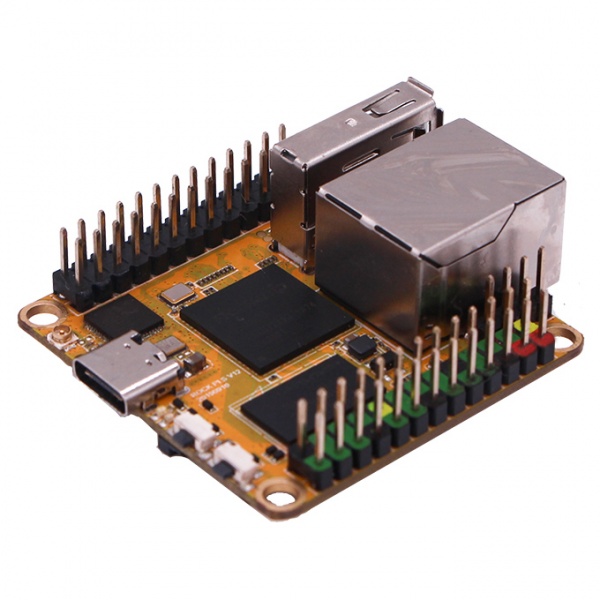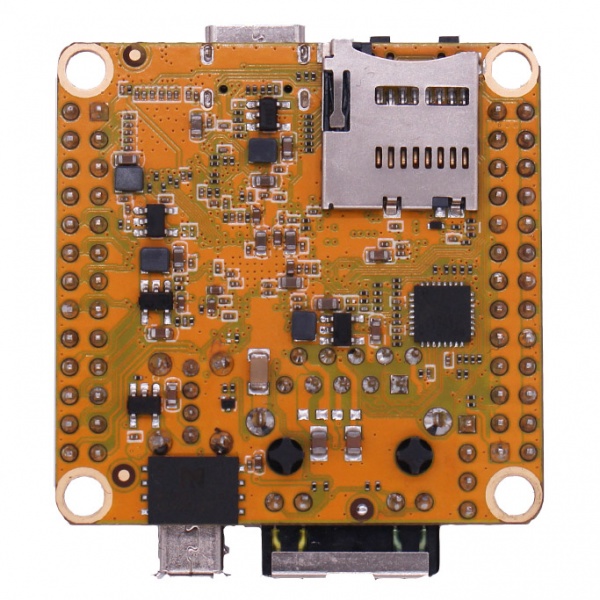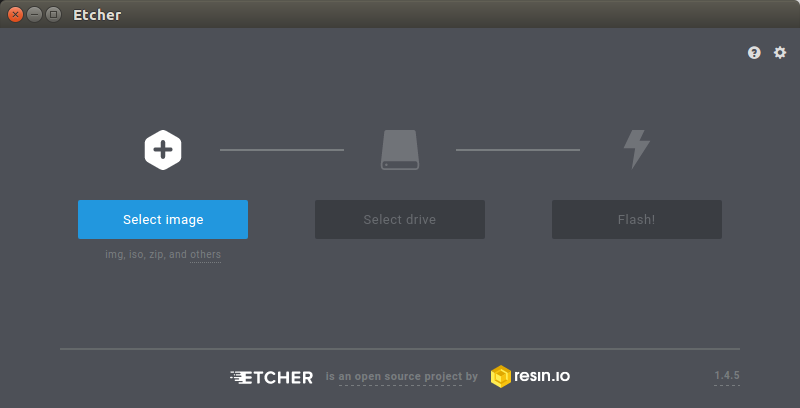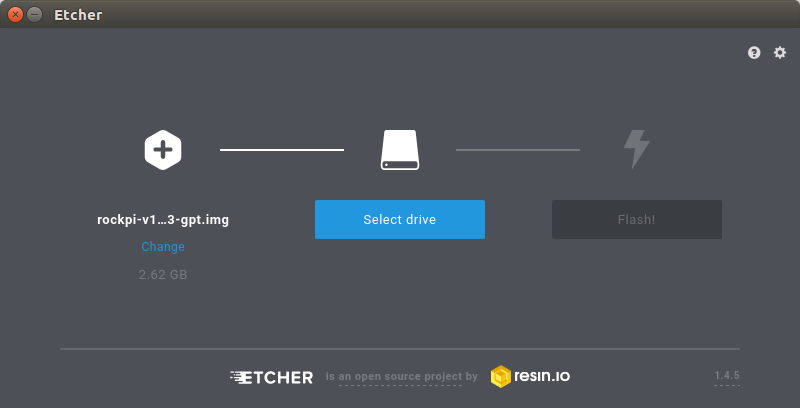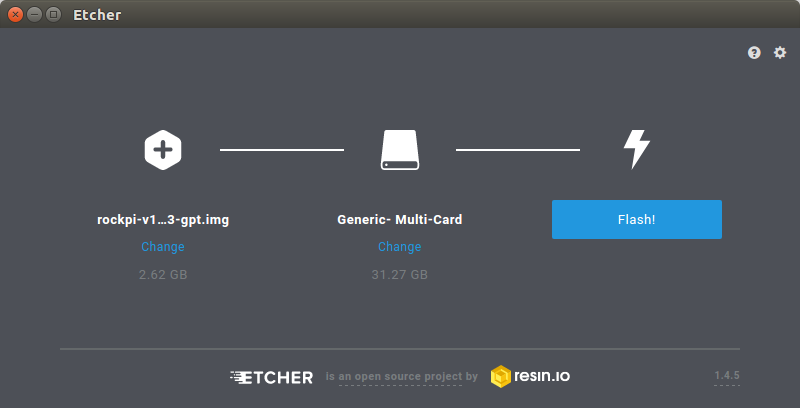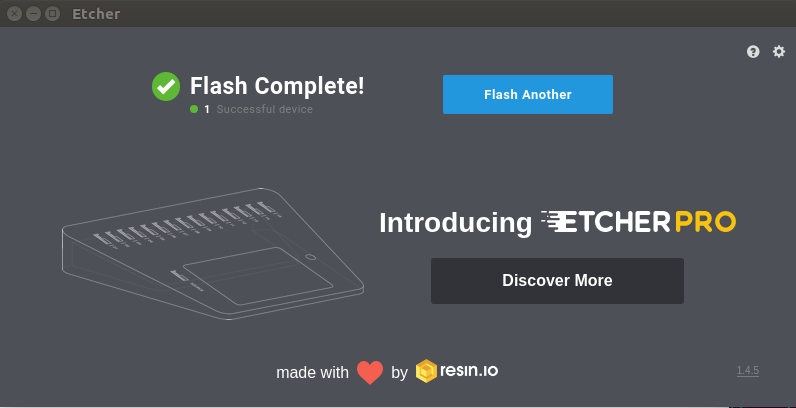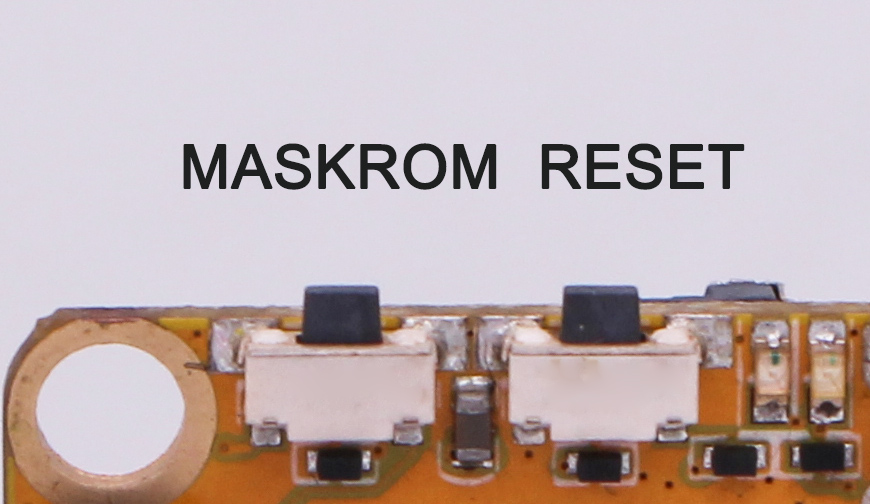Difference between revisions of "RockpiS/getting started"
| Line 183: | Line 183: | ||
ROCK Pi S has two 26-pin expansion header. Each pin is distinguished by color, more information click [https://wiki.radxa.com/RockpiS/hardware/gpio here] | ROCK Pi S has two 26-pin expansion header. Each pin is distinguished by color, more information click [https://wiki.radxa.com/RockpiS/hardware/gpio here] | ||
| + | |||
| + | ===Using OTG=== | ||
| + | |||
| + | ROCK Pi S has an USB type-C OTG connector, you can using it write or read data by PC to ROCK Pi S, more help click [https://wiki.radxa.com/RockpiS/dev/otg here] | ||
Revision as of 09:10, 20 August 2019
ROCK Pi S > Getting started
Contents
This guide is designed for ROCK Pi S enthusiast. The purpose is to learn about the ROCK Pi S board as well as how to prepare and set up for basic use. We will introduce the board information as much as possible.
What you need
Necessary
- ROCK Pi S main board
- One of the Storage media below:
- μSD card, larger than 8GB.
- Power supply
- The ROCK Pi S is powered by Type-C port.
- The power input voltage is DC 5V.
- USB to TTL serial cable
- This is needed for serial console.
Optional
- μSD Card Reader
- For flashing the image into μSD Card or eMMC Module.
- USB type C to type A cable
- This is needed for fastboot/adb commands.
- Ethernet cable
- ROCK Pi S supports Internet access via WIFI or Ethernet.
- An Ethernet cable is used to connect your ROCK Pi S to a local network and the Internet.
Close look of ROCK Pi S
- ROCK Pi S front view
- ROCK Pi S front with an angle view
- ROCK Pi S back view
Features
| Model | ROCK Pi S | |
|---|---|---|
| Processor | SoC RK3308 Quad Cortex-A35 ARM 64bits processor frequency up to 1.3GHz | |
| Memory | 256MB or 512MB DDR3 | |
| Storage | MicroSD(TF), optional on board 1/2/4/8Gb NAND flash | |
| Wireless | 802.11 b/g/n wifi Bluetooth 4.0(rtl8723DS) external antenna | |
| USB | USB2.0 Type-A HOST x1 USB3.0 Type-C OTG x1 | |
| Key | maskrom x1 reset x1 | |
| Ethernet | 100MB ethernet, optional PoE(additional HAT requried) | |
| IO | 26-pin expansion header I2C x4 PWM x3 SPI x2 UART x3 I2S0 x1 5V DC power in x2 3.3V DC power in x2 | |
| Others | --- | |
| Power | USB Type-C DC 5V | |
| Size | 1.7inch square | |
Starting the board for the first time
ROCK Pi S can be started with μSD Card.
Prepare
- When start system with μSD Card
Insert the μSD Card into μSD Card Reader, which connects to host computer.
Write Image
- Download the flash tool, etcher, from Downloads. Choose the right version for your host operation system. Here we operate on host Ubuntu 16.04.
- After unpacking the package, we run the tool by executing the command
$ ./etcher-etcher-electron-1.4.5-x86_64.AppImage
If you get an error message: "No polkit authentication agent found" you can try and start it with sudo, but do know that this is running the tool as root.
- In the etcher window, click Select image.
- In the etcher window, click Select Drive.
- In the etcher window, click Flash.
- In the etcher window, once it shows us Flash Complete! It is done and can be put into the ROCK Pi S.
Boot
- Now insert system storage media into the socket on board.
(Todo: add picture)
- Use a USB to TTL serial cable to make a connection between your PC and ROCK Pi S. See Serial Console
- Use ssh to access ROCK Pi S. See Using SSH .
- Power on ROCK Pi S. The system runs with the green power led on..
Wish you good luck!
Troubleshooting
- Refer Troubleshooting page
- Post your issue on the forum: https://forum.radxa.com/c/rockpi4/Troubleshooting
Network state
- Look at network configure:
$ sudo ifconfig
- Test network:
$ ping -c 5 www.google.com
WIFI Connection
When there is not a network cable for your ROCK Pi S, the WIFI connection is another good choice.
To test the WIFI performance, we need to follow the steps:
- Switch to super user mode
$ sudo su
- Open the WIFI
$ nmcli r wifi on
- Scan WIFI
$ nmcli dev wifi
- Connect to WIFI network
$ nmcli dev wifi connect "wifi_name" password "wifi_password"
- Test WIFI perpormance by tool iperf
Keys Function
ROCK Pi S have reset key and maskrom key:
- Reset key:
Push this key ROCK Pi S can reset hardware.
- Maskrom key:
ROCK Pi S support boot on SD NAND flash,SD NAND was booting before TF card on default,push maskrom key can ignore the SD NAND flash.
GPIO
ROCK Pi S has two 26-pin expansion header. Each pin is distinguished by color, more information click here
Using OTG
ROCK Pi S has an USB type-C OTG connector, you can using it write or read data by PC to ROCK Pi S, more help click here

